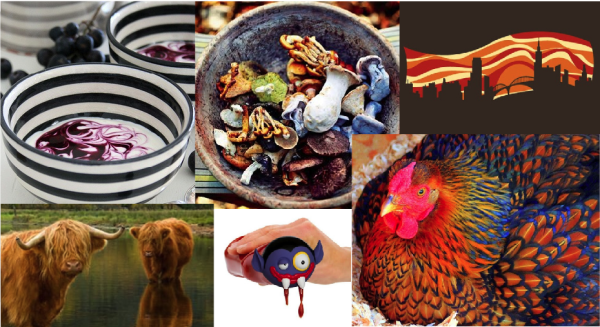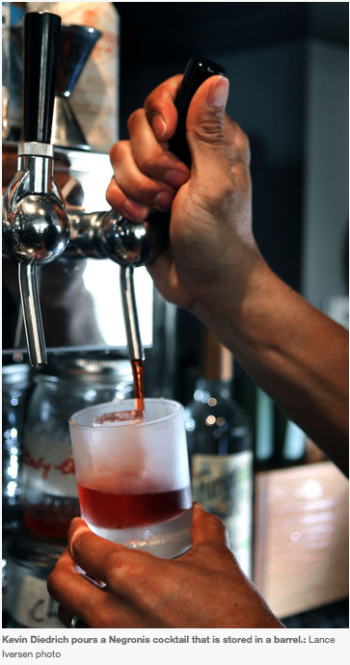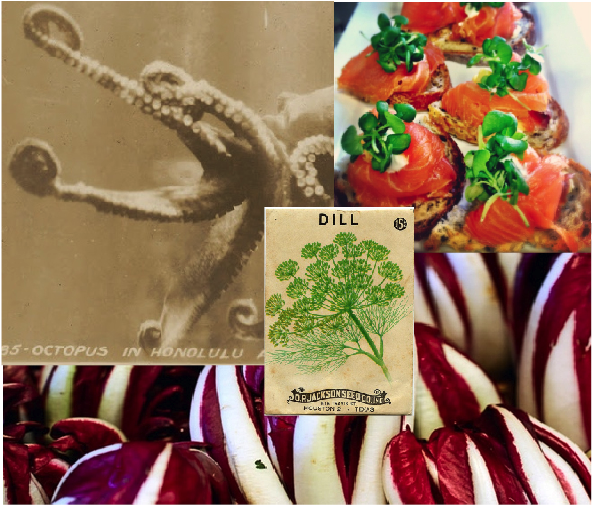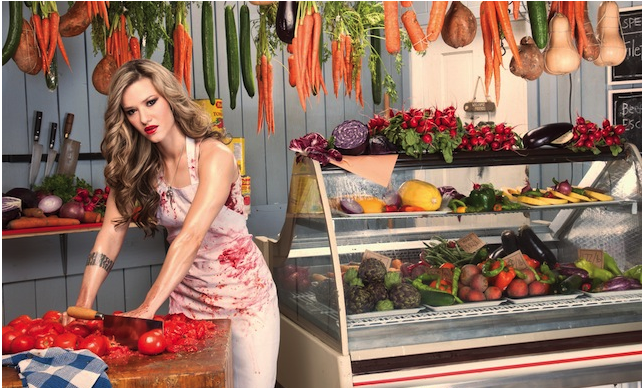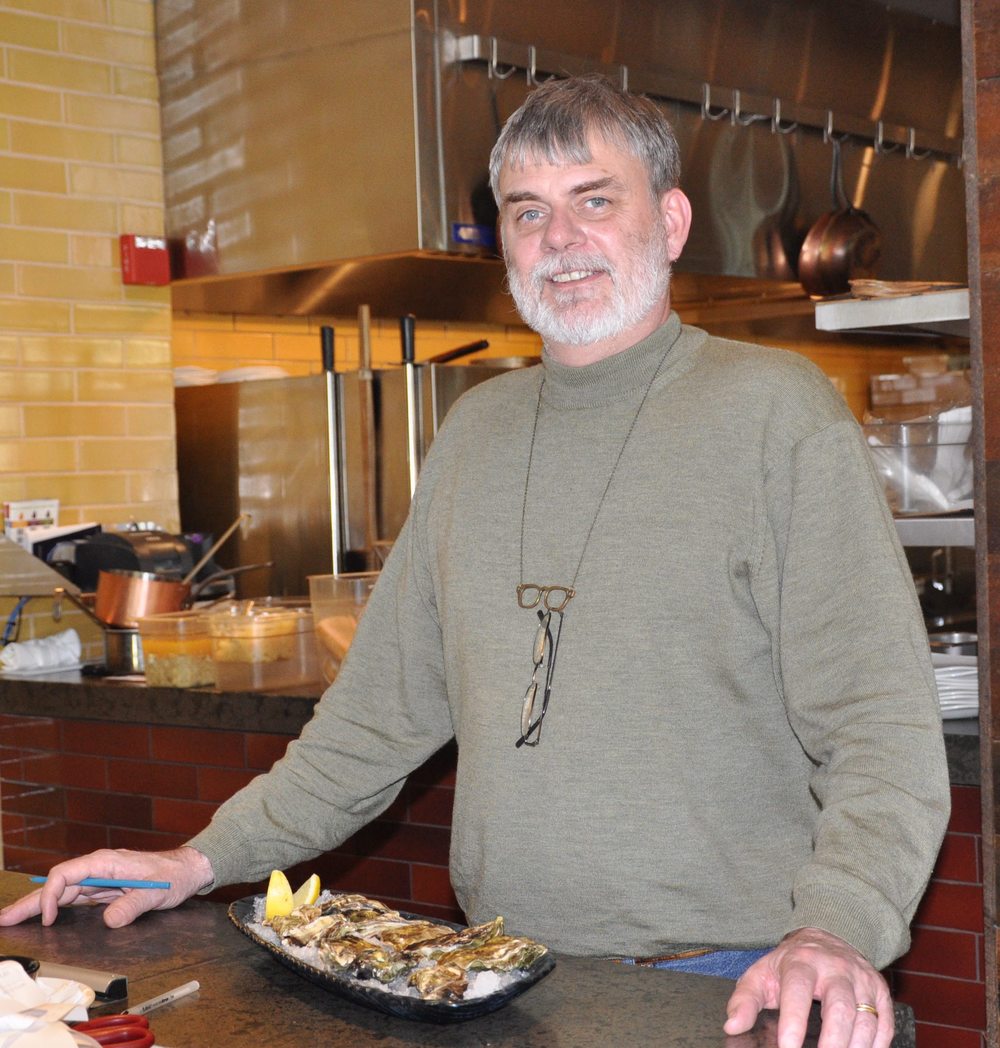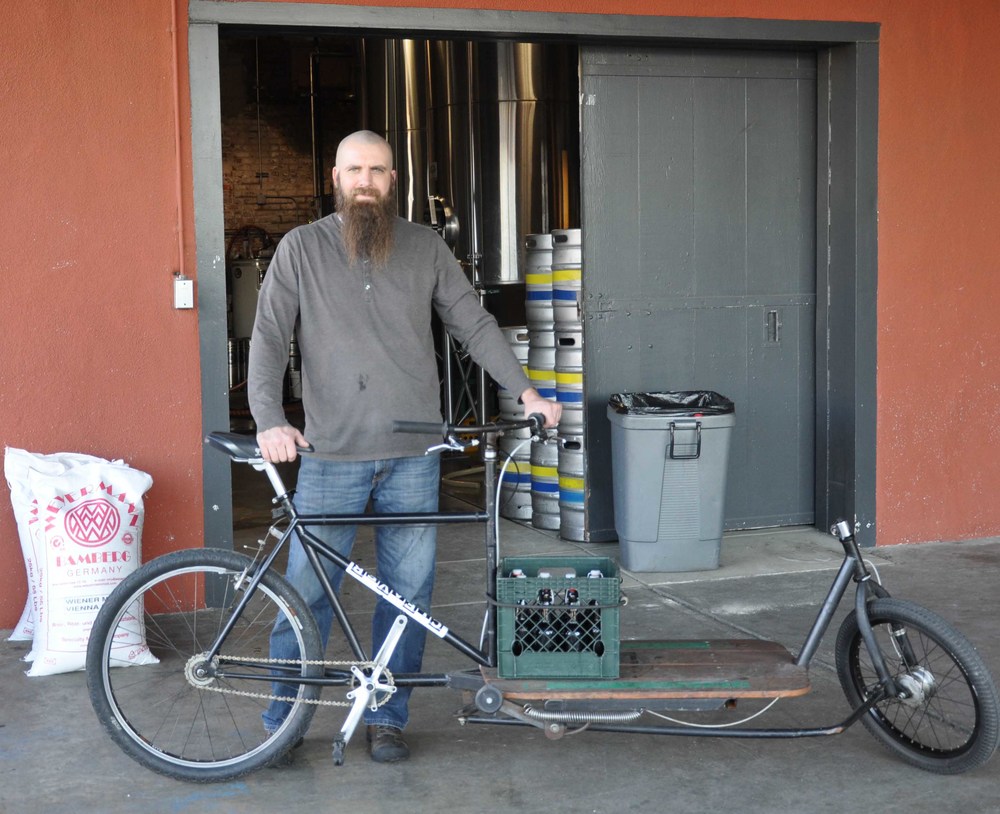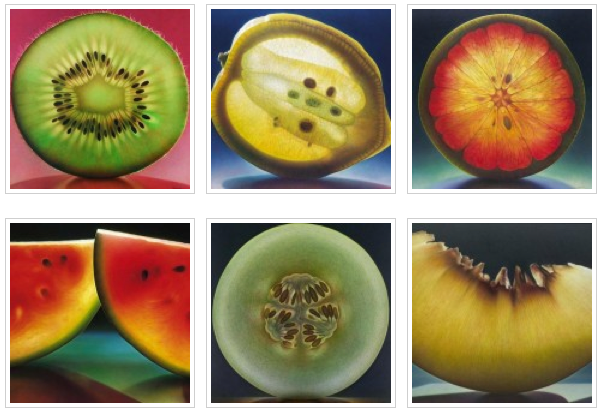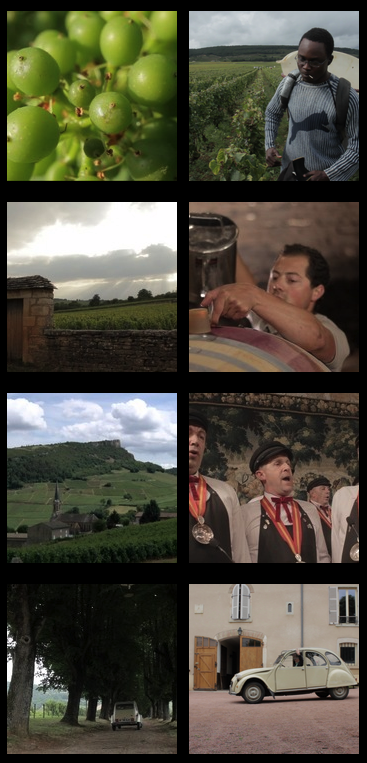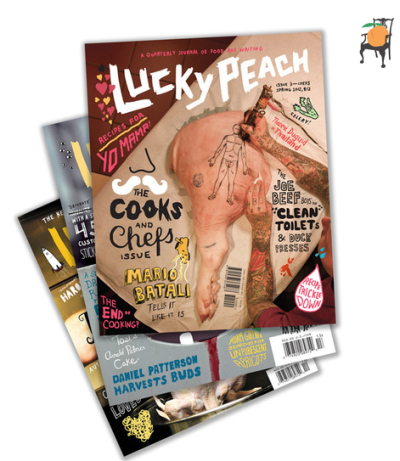this piece was originally published January 5 in Seedstock, the blog for sustainable agriculture focusing on startups, entrepreneurship, technology, urban agriculture, news and research.
Previously, we’ve looked at beneficial partnerships between artisans and farmers, and how cross-promotion and cultivating relationships with chefs and the community can boost the impact of a farmer’s market stand. With this theme of forging connections, we want to look one step further — to building new regional food identities in America.
The locavore movement has allowed us to think differently and more attentively about the foods of our regions. Like in times past, we are journeying again out onto available land and available cultural space (whether it’s an abandoned city lot or a dozen acres a hundred miles away from our friends and family) to forge new food systems and identities.
The phrase “agricultural renaissance” is gaining steam to describe the energy, excitement and activity in the good food movement. But just like the cultural renaissance in Europe took inspiration from classical sources to move the culture forward into something new, we need to find guiding inspiration in the past that will help us build food systems and cultures that are truly new and truly American.
We understand the complex web of interdependence in nature, but we don’t always appreciate it at a human and economic scale. Creating a web of interdependent regional brands is an ecosystem approach that can have an uplift effect on an entire region. The proliferation of new farms and farmers markets is just the beginning. We need a revolution that is not just broad, but deep. We need to knit brands together — in produce, meat, dairy, wine, beer and more — in ways that build up entire local economies. Economies built around food do more than just support food production. They support restaurants, markets, artisans, bed and breakfasts and agro-tourism. When a region is recognized as the source of many beloved products, it becomes a foodie destination and point of pride, linking the urban, suburban and rural communities that share in the experience.
What makes a regional food identity anyway? Agricultural regions across Europe have cultivated the idea of regional branding successfully for centuries. Take Normandy, a prolific region in northwest France boasting many stand-alone products that come together as a complete package of vibrant agro-tourism and celebrity chefs.
Normandy is a high profile producer of fruit, meats and dairy products that have come to symbolize the region. Normandy produces cheeses like Camembert, Livarot and Pont l’Eveque, not to mention fresh butter and cream from the Isigny region. Normandy apples and pears are known around the world for the ciders, juices and Calvados they produce. Lambs graze on the local salt marshes. Hogs are fed from the fruit orchards, ending up in famous charcuterie such as andouille. A regional cuisine has grown up that highlights these products and the ways they have developed to complement each other.
While there is a healthy dose of competition, the farmers depend on each other to anchor potential customers to the region. A collection of recognized products means chefs and world-renowned hoteliers, such as Relais & Chateau, have been able to open their doors, welcoming both leisure and agro-tourists. International cooking tours come to the Normandy region. Each player in this system produces something unique that they can be proud of, and by celebrating their shared Normandy identity, the whole becomes more than the sum of its parts.
Crafting new American regional food identities is partly about getting in touch with tradition, and partly about making new ones. No one thinks of Kentucky and then immediately thinks of Asian ingredients, but Louisville is now home to an artisan soy sauce producer. Bourbon Barrel Foods is riffing off the Kentucky distilling tradition to create “microbrewed” soy sauce from Kentucky grown soybeans, sweetened with Kentucky sorghum, and aged in re-purposed bourbon barrels. It’s an unusual product (as least for what we think of as being traditional to Kentucky) with undeniable Kentucky terroir that ties together long-standing regional traditions, like bourbon and sorghum as a sweetener, into something entirely new.
The appetite is there. Chefs continue to build menus around regional offerings, diving deeper all the time to get in touch with the best traditional and new products of a given region. Beyond farmers markets, specialty food shops and farmer’s co-ops around the country are providing a strong backdrop for American appellations.
You can build a branded identity for your county, or even your town. You don’t need permission. American appellations are the Wild West. Napa is, after all, just the name of a county. If this sounds far-fetched, look to real estate. When agencies want to brand a neighborhood that never existed before, they make up a name and start using it constantly. A few banners get hung up, a reporter is coaxed into repeating the name, and in a flash — a new branded region is born!
Get a few farms together, reach out to your wholesale customers in the city, and go for it. What are the ingredients your area does best? What are the connections you see that are still to be explored? The more the individual components are called out, the better the picture that is created. For example, pigs that are fed leftover fruit from an orchard can be made into bacon smoked with apple wood from the same orchard, and then served at a restaurant with an apple compote. Cowgirl Creamery in Marin County, California, just north of San Francisco, is using this idea to create new seasonal cheeses. Their St. Pat cheese is made using milk from nearby Chileno Valley Jersey Dairy and is wrapped in the local stinging nettle leaves that grow wild in spring — and all this is all called out in the marketing of the cheese.
This is the time to build deep and lasting identities. We can decide who we want to be, and there’s no impulse more American than that.
_____________________
Submit Your Question(s) for Next Week!
You can submit your questions via email, facebook or Twitter.
_____________________
About Alisha & Polly’s company: Polish Partnerships
www.polishpartnerships.com
Polish is a branding and communications company for the new gastroconomy. By creating strong partnerships with food and beverage producers, hospitality groups and industry innovators, we go the extra distance, transforming hopes, dreams and expectations into tangible, sustainable and polished realities.

